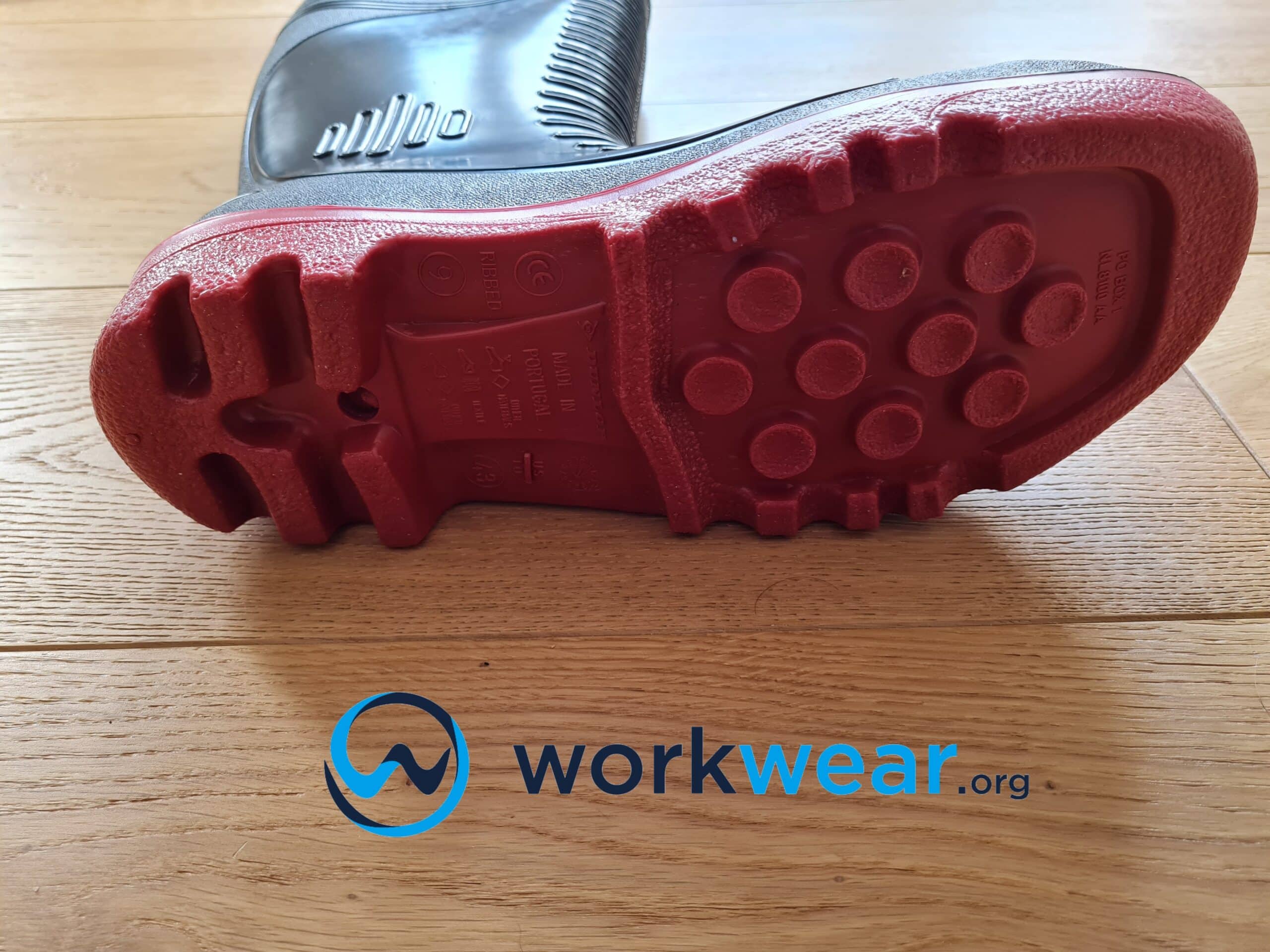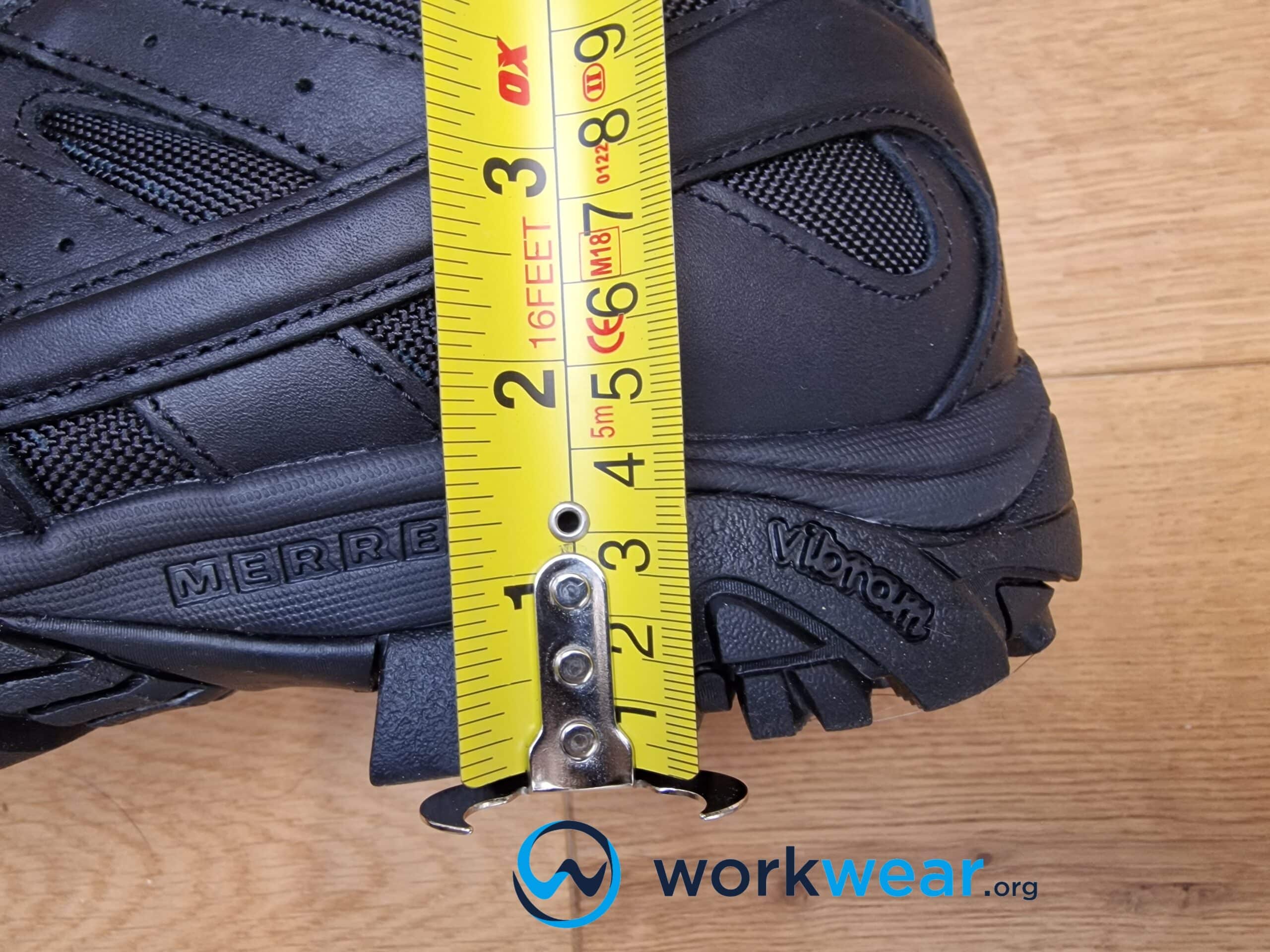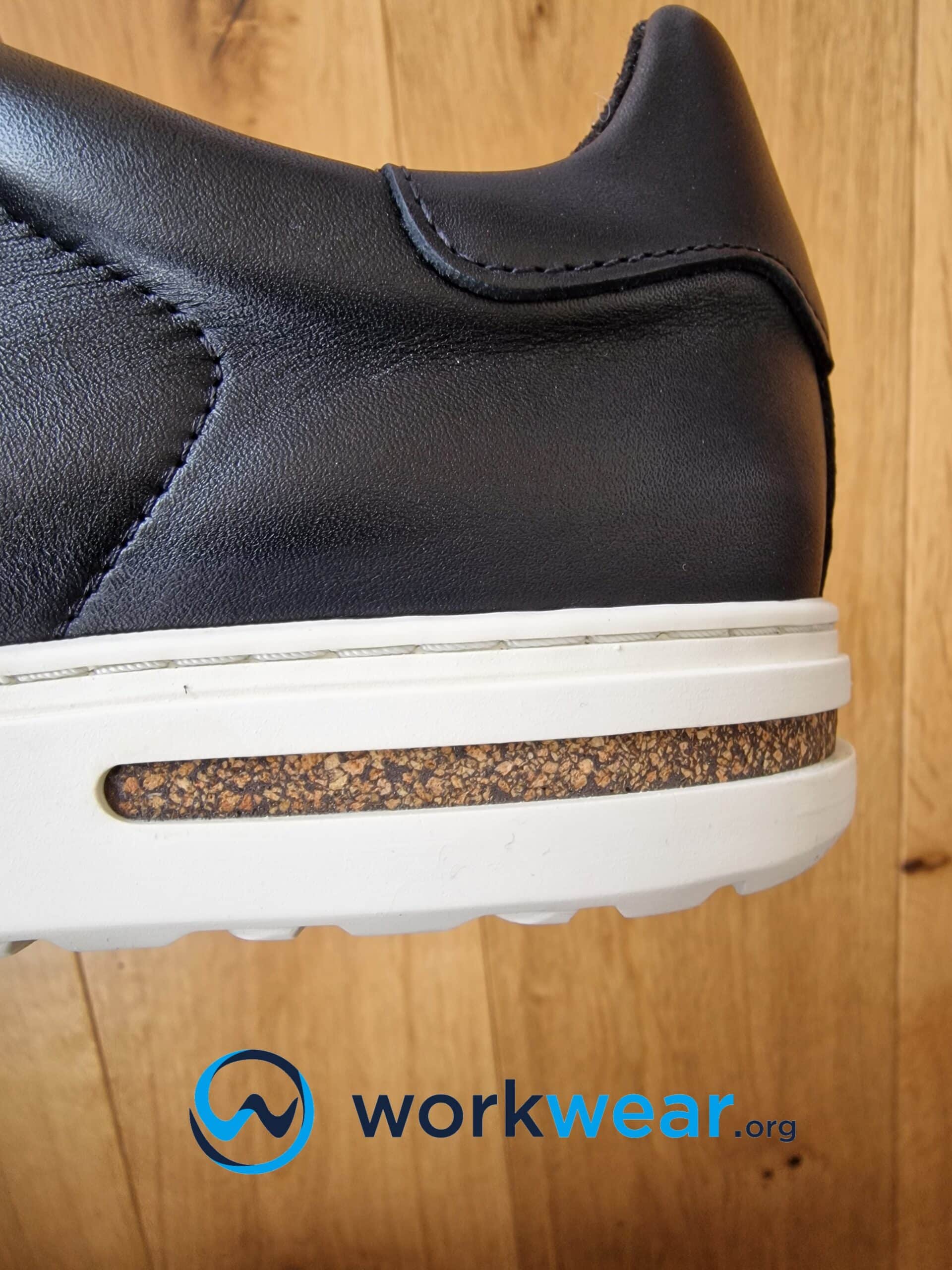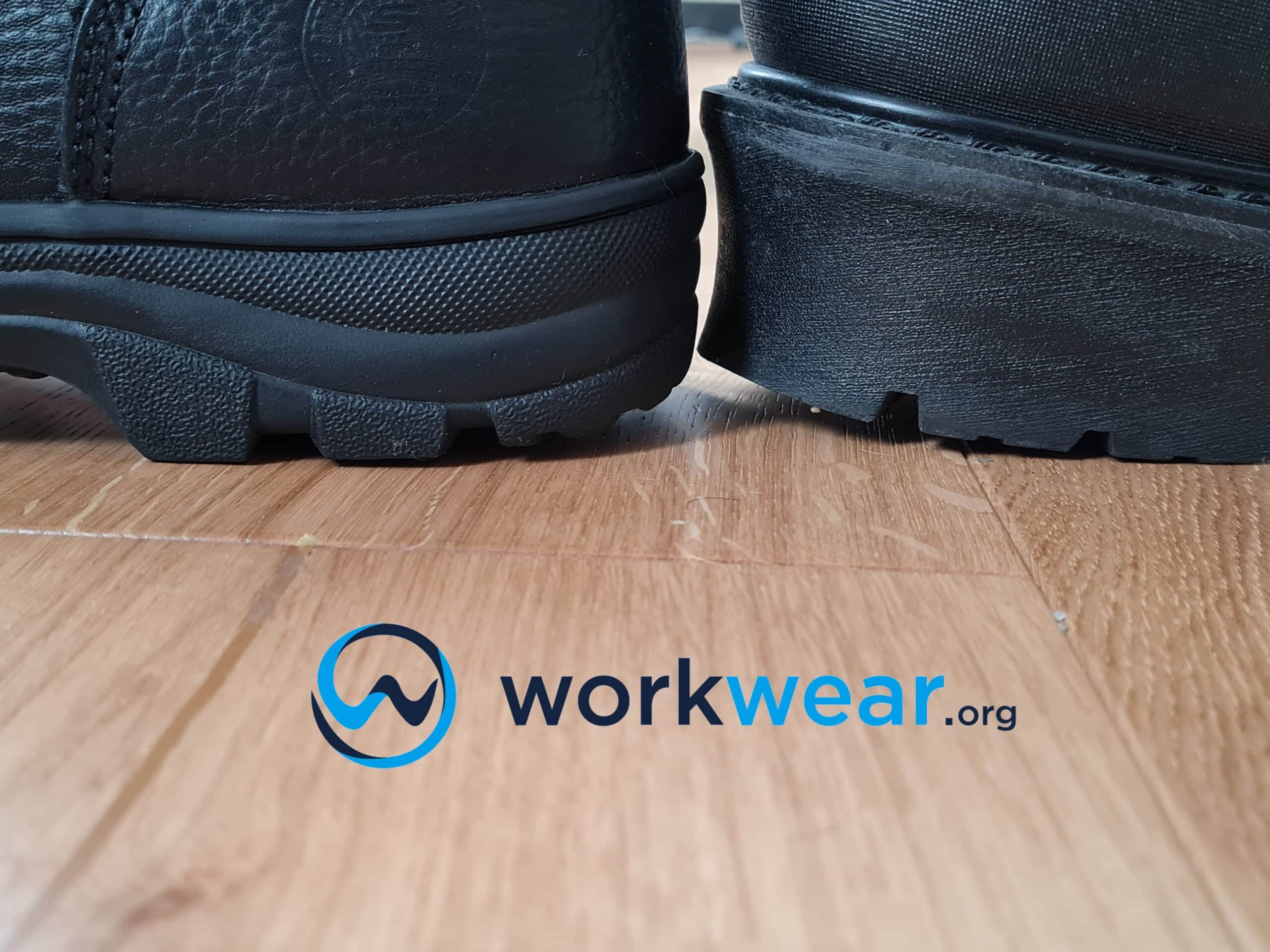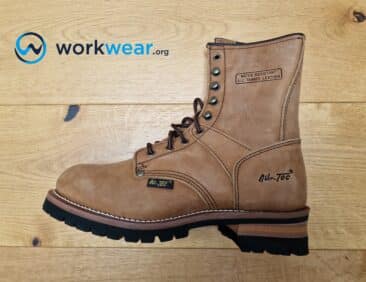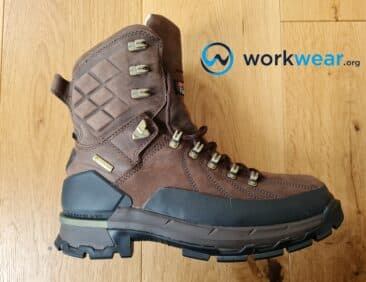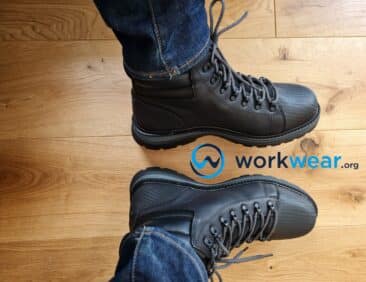PU Soles Explained
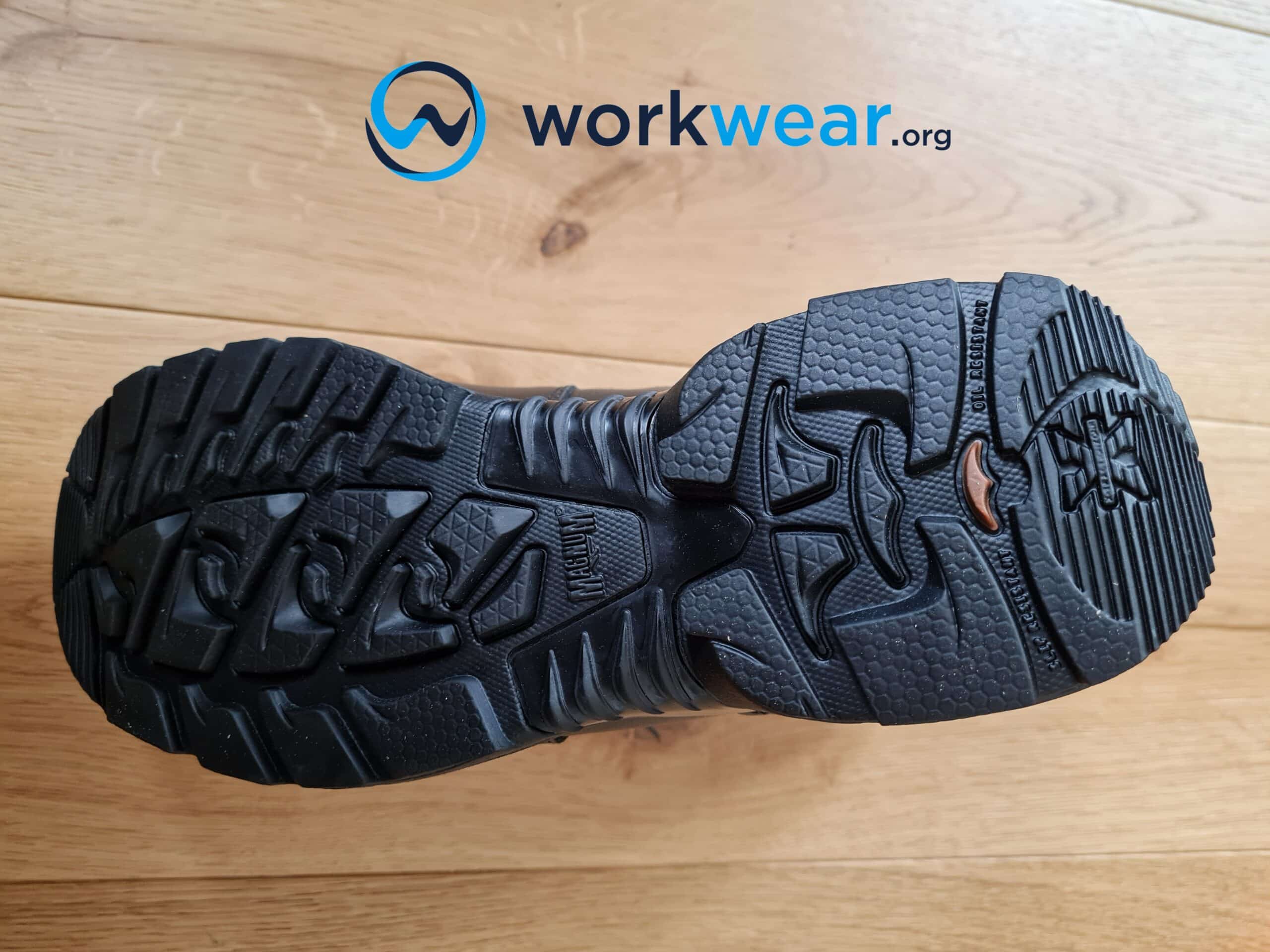
The footwear industry is constantly evolving to answer customers’ evolving demands. Footwear for work has particularly evolved, answering the need for unbreakable shoes that are robust, stylish, and sustainable in harsh working environments. The answer to this demand came from PU, aka Polyurethane, a groundbreaking and innovative material in its own right. If you’re curious about PU’s various features and benefits, look no further than this comprehensive guide.
PU Soles: What are they?
Polyurethane or PU is a lightweight, durable plastic that is devired from a new kind of organic polymer material. PU is known as the fifth big plastic, which has changed the landscape of the footwear industry in immeasurable ways. PU exists in two forms, polyester and polyether, which provide distinct and unique characteristics to shoes.
PU Soles: How are they made?
It is made by combining an isocyanate prepolymer, like methylene diphenyl isocyanate, and a polyol component with an organometallic catalyst under high heat. To produce a sole, the liquid is poured into molds. The process creates micro bubbles between all the PU molecules, making them comfortable to wear. The bubbles act like a cushion. Manipulating factors like additive components and their contents can change the density and hardness of PU, allowing for diverse characteristics in the material.
PU sole manufacturers have developed two main types of the sole:
Polyester: made by using polyester polyols. Polyester offers the benefits of exceptional abrasion and heat resistance. This type is mainly used as a sole in high-quality sports and safety shoes.
Polyether: made by blending polyether polyols and polyether polyurethane, this material is superior, offering water-resistant qualities. Polyether is commonly used for general-purpose footwear.
PU Soles: Features and Benefits
Shoes with PU soles boast countless incredible advantages. We have explored some of these below for you:
Pliable and Flexible: Shoes with PU soles have a high-bending performance, making the shoe comfortable to wear and almost ergonomic for the feet.
Lightweight: shoes that are heavy on the feet can be uncomfortable. PU soles are airy, making the footwear light and comfortable.
Excellent Traction: PU offers an excellent grip even on the most slippery and wet surfaces due to its high density. Be it a rocky or rainy day, your feet will remain firmly planted.
High Mechanical Strength: people who work in harsh environments know the pain of investing in shoes that wear out quickly. The unique blend of polyethers and polyesters gives the shoes high mechanical strength, making them long-lasting and durable even when exposed to tough working conditions.
Comfort: shoes with PU soles are comfortable because they boast a leather-like elasticity and have a supple, soft, well-finished surface.
Shock-Absorption: shoes utilized in harsh working environments like construction or for walking long lengths require excellent shock absorption properties. Soft PU midsoles absorb shock evenly and distribute it to reduce impact, keeping the feet safe from taking a battering.
What are PU Soles Best Suited for?
There are four types of shoes PU soles are best suited for owing to their wide variety of properties.
Walking shoes: walking shoes need to be durable because they are often used roughly. PU soles are perfect for resisting the battering while keeping the feet comfortable when worn for longer periods.
Jogging shoes: a pair of jogging shoes takes a pounding, whether on the treadmill or the Earth. Jogging shoes need to be comfortable, slip resistant, low-density, shock absorbent, and high in mechanical strength – PU soles offer all these advantages.
Safety boots: PU soles are also perfect for safety shoes due to their high mechanical strength, light density, and water-resistant properties. Their only disadvantage is that they are not chemical resistant.
Everyday footwear: everyday shoes require all the properties that PU soles offer in one neat package, making them the perfect candidate for the biggest footwear market. Essentially, PU soles can conquer the sky, from simple flip-flops to tough, durable work boots. The adaptability of PU has not gone unnoticed, as it has cemented its place in the footwear industry.
The Most Popular PU Soles in the Market
Birkenstock. That’s a household brand known and loved across the world. Birkenstock utilizes the trusty PU in various shoes, including super comfortable Profi-Birki, Super Birki, and Super-Birki Vegan.
Running shoes include brands like ASICS and ADIDAS, while work boots can be found at TREDS, UVEX, and DUNLOP.
Normal Soles vs. PU Soles
Normal soles are made out of rubber. These are of good quality, but they tend to be on the heavier side. They are also tough in their make-up and do not offer ample cushioning. Lastly, rubber soles aren’t resistant to wear and tear – they need to be replaced more frequently.
PU soles are better than normal soles on all three counts. They are lightweight, which makes walking around less of a drag. They can be worn for longer periods because of this comfort. They are shock absorbent, featuring microbubbles in their makeup to provide cushioning. They also have high mechanical strength, which makes them long-lasting and durable.
| Characteristics |
PU Soles |
Normal Soles |
|---|---|---|
| Cushioning |
|
|
| Water-resistant |
|
|
| Weight |
|
|
| Durability |
|
|
| Protection against burns |
|
|
The Pros of Using PU Soles
The following are some of the pros and cons of using PU Soles:
Pros
- High mechanical strength
- Water-resistant
- High traction
- Comfortable and soft on the feet
- Durable
- Excellent shock-absorber, preventing the feet from tiring out
- Lightweight, making it comfortable to wear
Cons
- Sole begins to turn yellow after some time, and is easy to stain
- Poor breathability
- The sole can break
Adaptability to hard operation:
Whether you’re a hard factory worker or a welder doing heavy welding in a shipyard, your sturdy BOA work boots will be able to weather any storm; they’ll stand up to harsh heat, cold, and all kinds of situations. It is owing to the high-quality materials, advanced technology, and skill and knowledge used to produce these long-lasting work boots.
Eco-friendly:
While a sturdy working BOA boot may not be budget-friendly, it is ecologically beneficial. The BOA work boots are constructed of biodegradable materials instead of the synthetic non-biodegradable materials sensitive operating boots are made from. Using sturdy work boots made of biodegradable materials can be a contribution toward helping save the world for future generations.
Cost-effective:
Durable work boots are designed to last a long time, eliminating the need to replace them regularly. A single purchase of tough work footwear will prevent you from buying fifteen delicate boots.
Safe to use:
There’s no doubt that tough work boots are more secure than their more delicate rivals. They’re built of some of the most durable materials in the shoemaking business to assure longevity; this is obvious in their capacity to protect you against cuts, punctures, slides, and falls, among other things.
The Pros and Cons of Using Normal Soles
The following are some of the pros and cons of normal soles:
Pros
- Slip-resistant
- Wear-resistant
- Durable
Cons
- Heavier than PU soles
- They are not environmentally sustainable because they don’t degrade ecologically
- The rubber can pierce, allowing rogue elements to enter the shoe
Conclusion
PU Soles or polyurethane soles offer a wide array of advantages including comfort, durability, good traction, low density, lightweight, and shock absorption. Due to these characteristics, PU soles are coveted by shoemakers and incorporated into a large variety of footwear and work wear alike. However, even the most perfect innovation can have some drawbacks. PU soles are not entirely consolidated against water. They cannot be worn in environments with harsh chemicals and high heat.
FAQs
- Are PU Soles suitable for all types of work environments?
- PU soles have decent resistance to chemical agents but do not have active and heavy resistance against strong chemicals. In addition, they are only suited for temperatures ranging from -10 to 130 degrees Celsius. They are recommended for indoor and moderately challenging outdoor work environments.
- Are PVC soles and PU soles the same?
- Are PVC soles and PU soles the same?
- How long do PU soles last?
- PU soles can last very long due to their strength and durability, even with regular wear and tear. If taken care of correctly, shoes with PU soles can last up to two years.
- Does PU only come in one density?
- PU soles come in two types of densities. One of these is PU mono, which means that the whole outsole of the shoe is produced in one single density making the shoe light in weight and extremely comfortable to wear. The other is a double density PU profile outsole providing the wearer with good traction and shock absorption. You can wear the shoe indoors and outdoors.
- Are PU soles good for safety shoes?
- PU soles provide excellent breathability, cushioning, and traction. The combination of these three features make them unmatched by other options in terms of safety shoes. In addition, PU soles are highly flexible, creating room for free movement and adaptation to any surface while providing excellent protection. Lastly, the shoes are resistant to wear and tear and do not show signs of withering quickly, making them an excellent option for a safety shoe.
- Are PU soles hydrolysis resistant?
- Hydrolysis refers to an age deterioration factor in shoes whereby water molecules break down chemical bonds in the PU polymer, resulting in the breakdown of the PU sole by water. It occurs over the years and is common when shoes are in storage. However, there have been many advancements in PU technology, and hydrolysis-resistant PU soles are easily available in the market.
678+
Products Reviewed
24+ Years
Combined Experience
500+ Hrs
Field Testing
